2024 Alfa Romeo Giulia Quadrifoglio Review: Why Buy An M3?
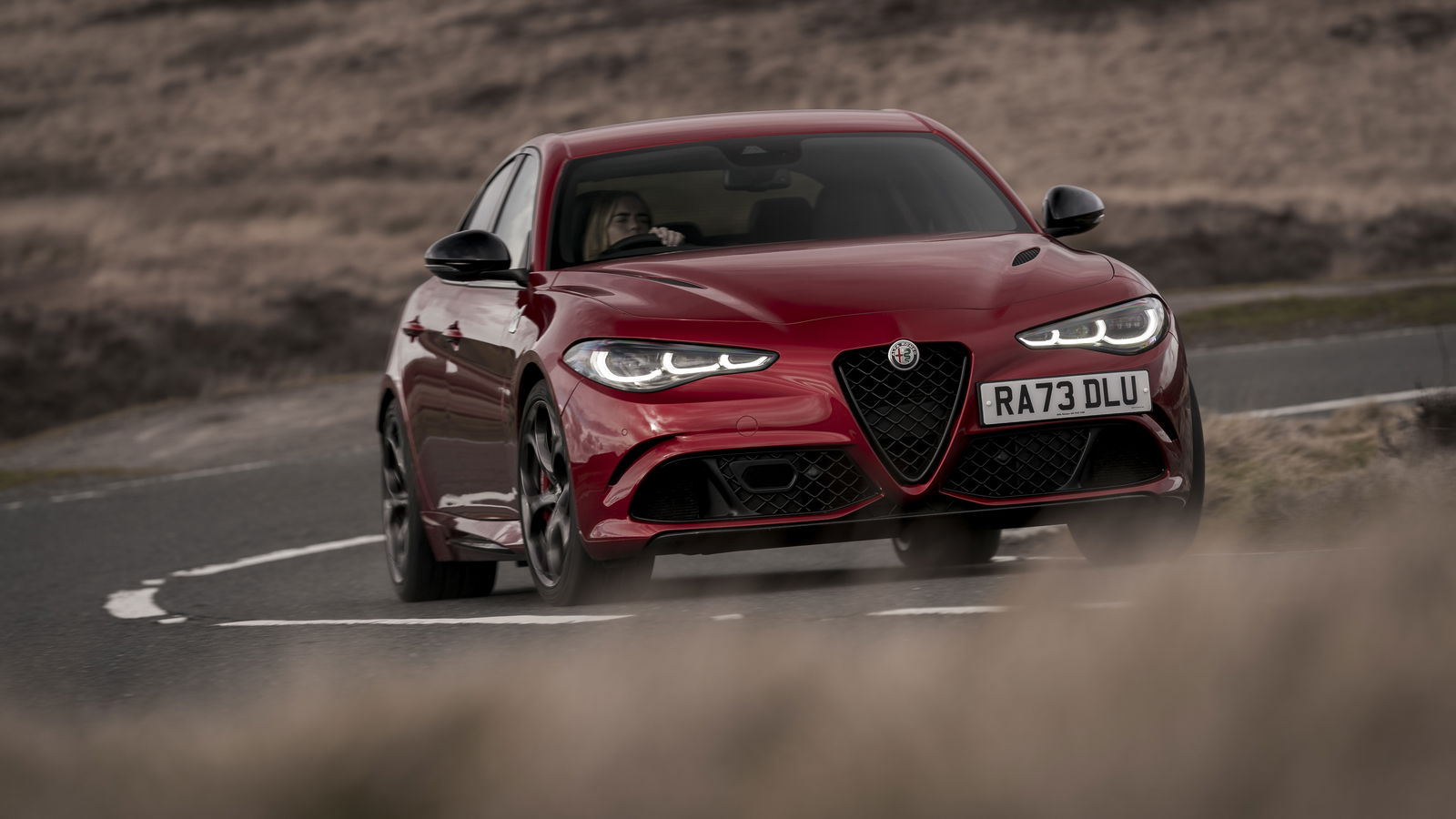
Pros
- More predictable on the limitRemains a hugely thrilling sports saloon
Cons
- Not the most practical saloonWe miss the physical dials
A few years ago, the idea of Alfa Romeo building a sports saloon so good you could choose one over a BMW M3 (without having lost your grip on reality beforehand) was inconceivable. This is a company that loves to cash in on its rich motorsport heritage, but up until relatively recently was peddling mediocre cars built out of hand-me-down parts.
But Alfa Romeo shattered those preconceptions in 2016 with the arrival of the Giulia, and yes, the Giulia Quadrifoglio. Rear-wheel drive, a 503bhp twin-turbo V6, and looks to die for - it was finally an Alfa to do the badge justice. It’s become part of the super saloon furniture, outliving the V8 W205 Mercedes-AMG C63 and going up against two generations of BMW M3 quite convincingly.
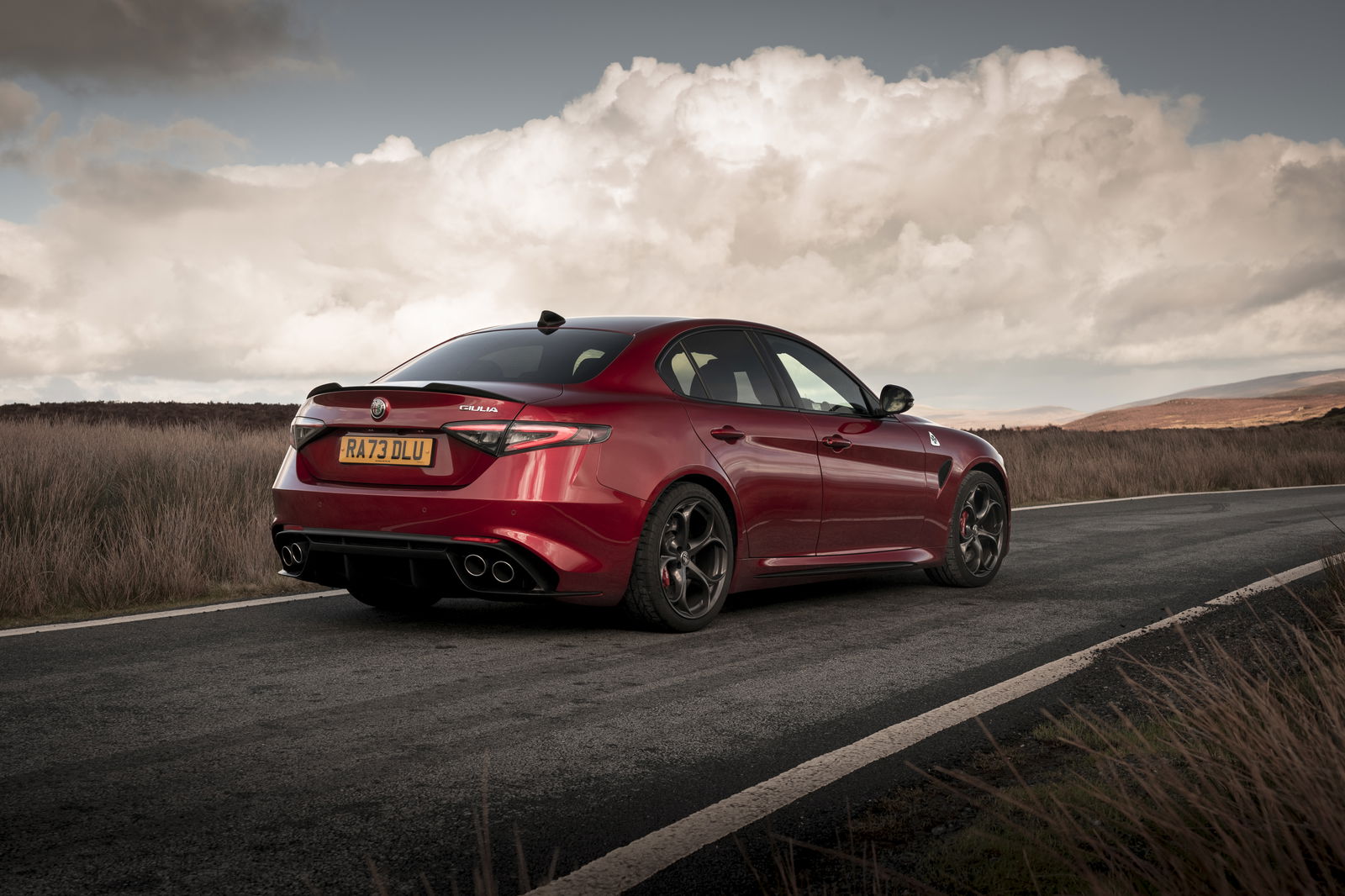
It was far from perfect, but now, there’s a new and improved version. Based on the facelifted non-Q Giulia, it gets the updated front headlight clusters with the SZ-referencing three-by-three light signature, plus new light units at the rear, and an updated digital instrument cluster. We’ll get back to the latter point in a few paragraphs because we’re more interested in the changes you can’t see.
You’d have forgiven Alfa for whipping out a new Giulia Q with the facelift bits and nowt else, because let’s be honest - with so many performance cars now falling by the wayside, we feel lucky to have a fire-breathing, V6-powered super saloon at all from the Italian firm. Few would have complained had Alfa slapped on the new lights and put it on sale. And yet, the engineers have done all sorts.
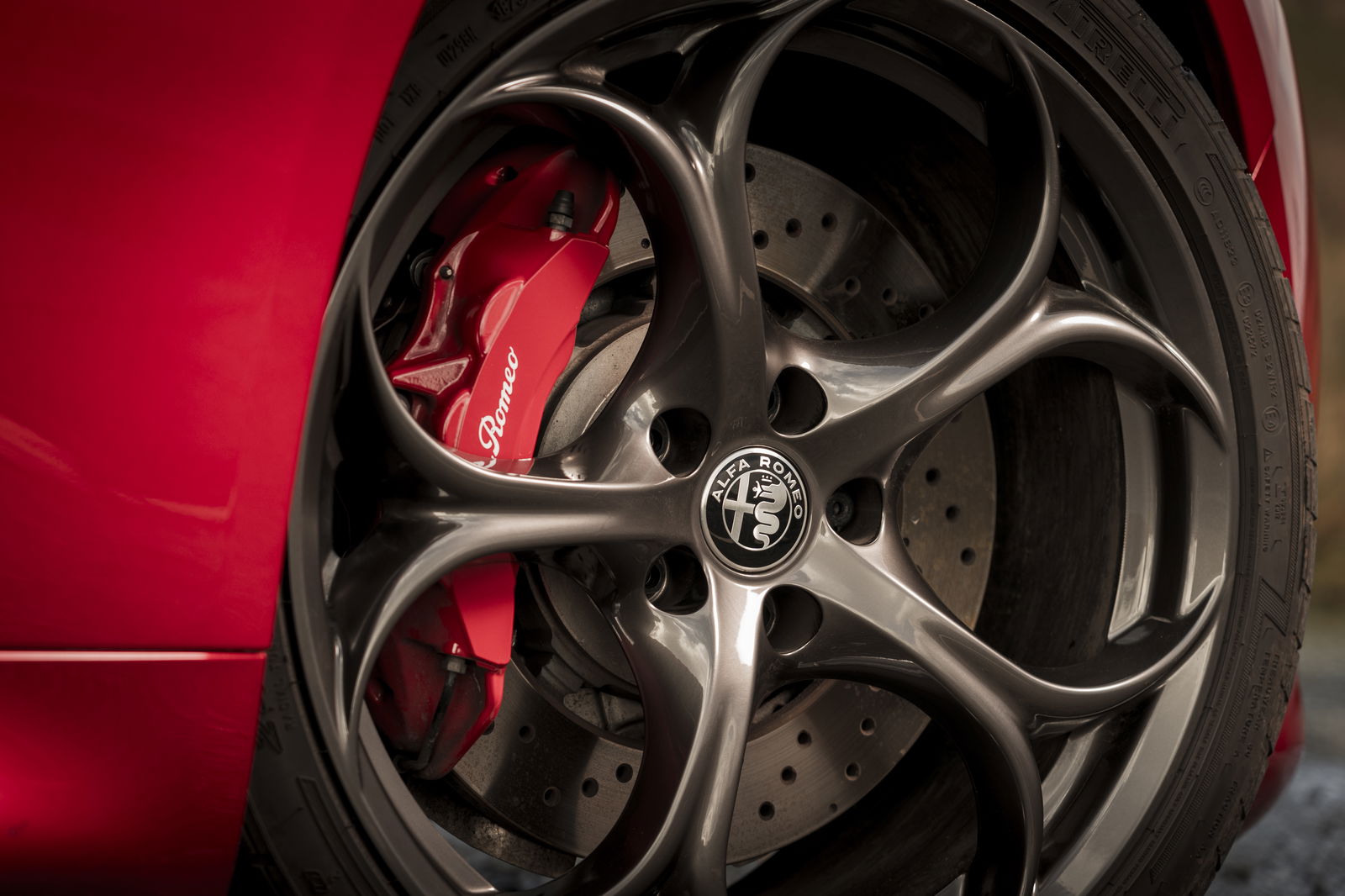
The suspension geometry has been tweaked front and rear, and don’t forget, the front end of the car already has the theoretically ideal double wishbone layout. Meanwhile, the engine produces 512bhp, up from 503bhp. It didn’t really need any more, but hey, we’ll take it. Finally, and most significantly of all, the clever electronically controlled differential has been switched out for a more conventional locking mechanical differential.
That last one might sound like a retrograde step, but it’s a sign that Alfa Romeo is listening to the people buying these things. The ‘leccy differential had a not undeserved reputation of being unpredictable on the limit, and there were plenty of reports of the unit throwing a hissyfit.
.jpg?width=1600)
Taking on board customer feedback, Alfa elected to bin it, and the difference is transformative to the Giulia Q when driven especially hard. When the rear end does step out, you still need to be on it, as it’ll happen very quickly, but this time, the Quadrifoglio feels so much easier to control. How it behaves just makes more sense.
We are talking about when you have the car in Race mode, as with the DNA drive selector in Dynamic, the stability control will cut in before you get anywhere near the point of needing significant opposite lock. As before, there’s no ‘halfway house’ of an ‘ESP sport’ as used by every one of the Giulia Quadrfigolio’s rivals, which seems like a shame when the system’s interventions are quite aggressive. It’d be nice to have a bit of slip with a safety net in place.
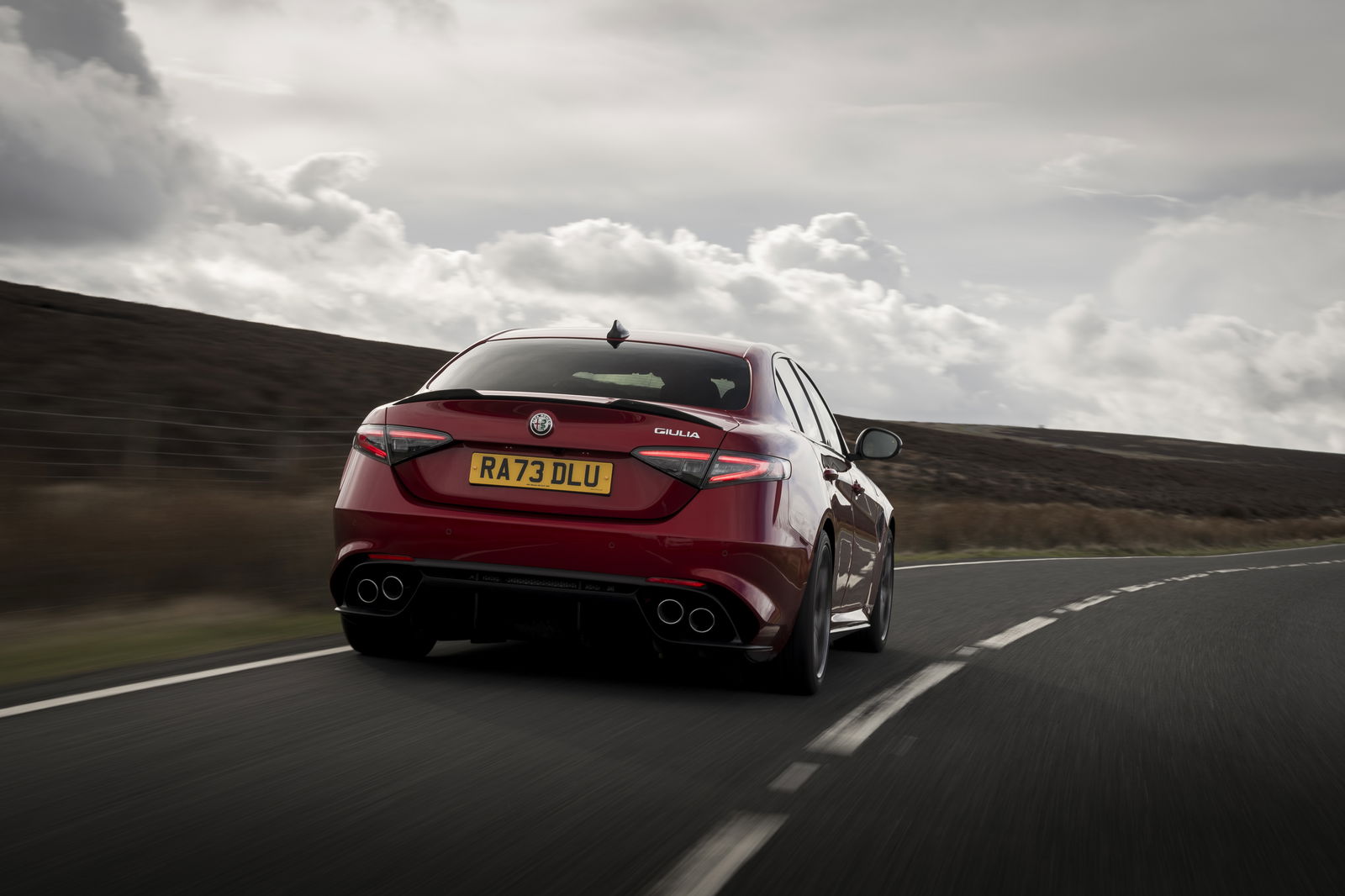
What also hasn’t changed is the steering, which means it’s incredibly fast (with a supercar-like 11.8:1 ratio), and maybe a little too light. The front end has no problem at all keeping up with that rapid steering, happily carving through sharp corners with an almost deranged enthusiasm.
It remains a stiff car that rolls little, but now, there’s a little more compliance in the ride, with the chassis not getting so easily overwhelmed over shoddy road surfaces. As before, though, you are better off dialling back the suspension to either the Soft or Mid position, with the stiffest setting being just too uncompromising away from a track. With the dampers fully slacked, the Giulia becomes a comfortable car which you’d drive a long stint in without a second thought.
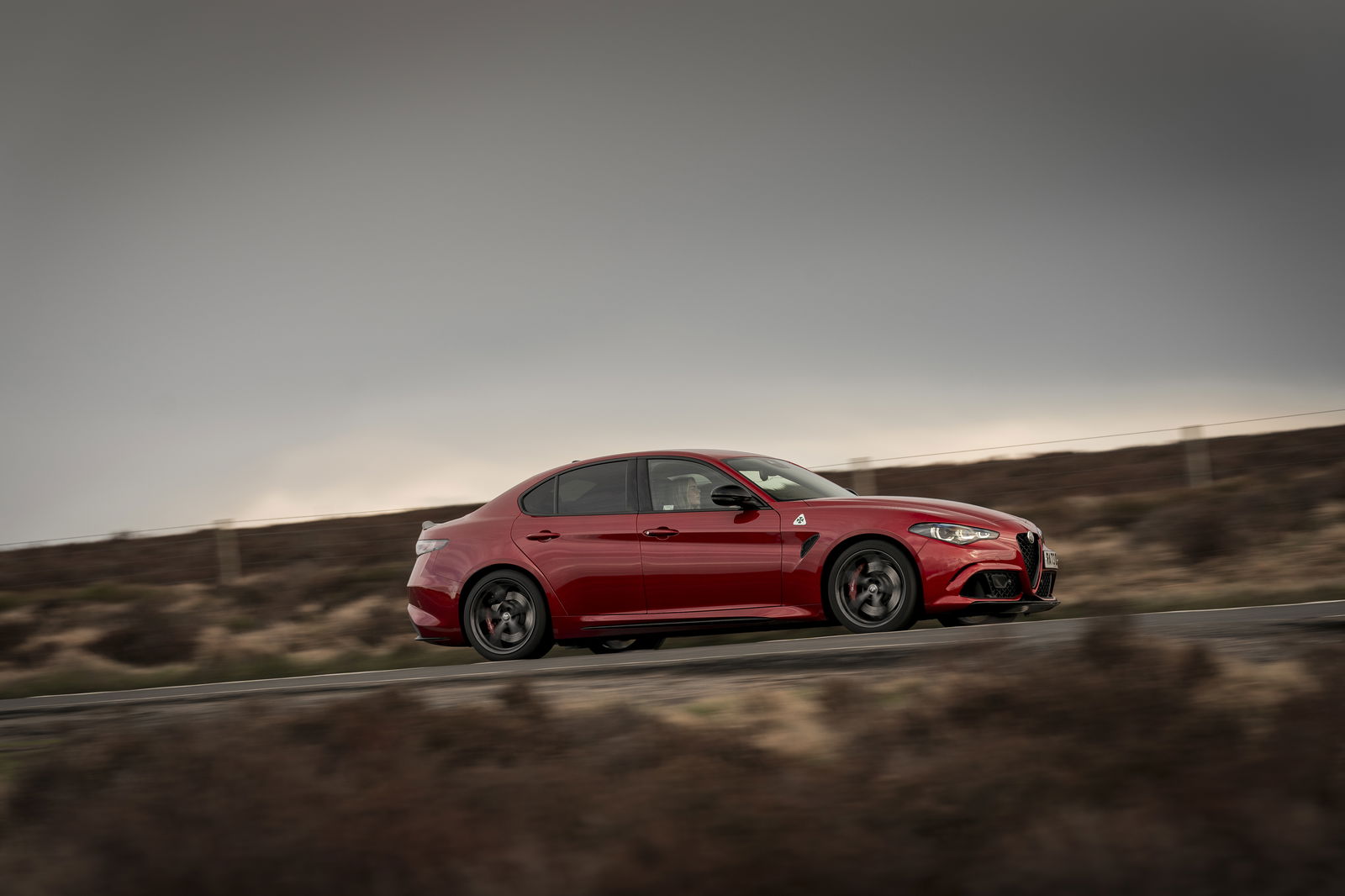
It’s impossible to detect that extra bit of power. The Giulia Quadrifoglio was chuffing fast before and still is. The throaty roar of the V6 is addictive, even if it lacks the sweetness of the gorgeous old Busso naturally aspirated V6s, and the eight-speed automatic gearbox does a good job of swapping cogs efficiently and with a nice hint of aggression. And, of course, manual control involves the use of those fabulous metal column-mounted shifters. No apologetic little plastic tabs here.
While you’re switching between modes, the new digital instrument cluster also changes, giving a minimalistic appearance in Race mode giving a big rev counter in the middle and little else, removing any undue distractions. It’s a slick setup, but you can’t help but miss the old physical dials - they were a rare analogue treat in an automotive world where everything’s being slapped on a screen.
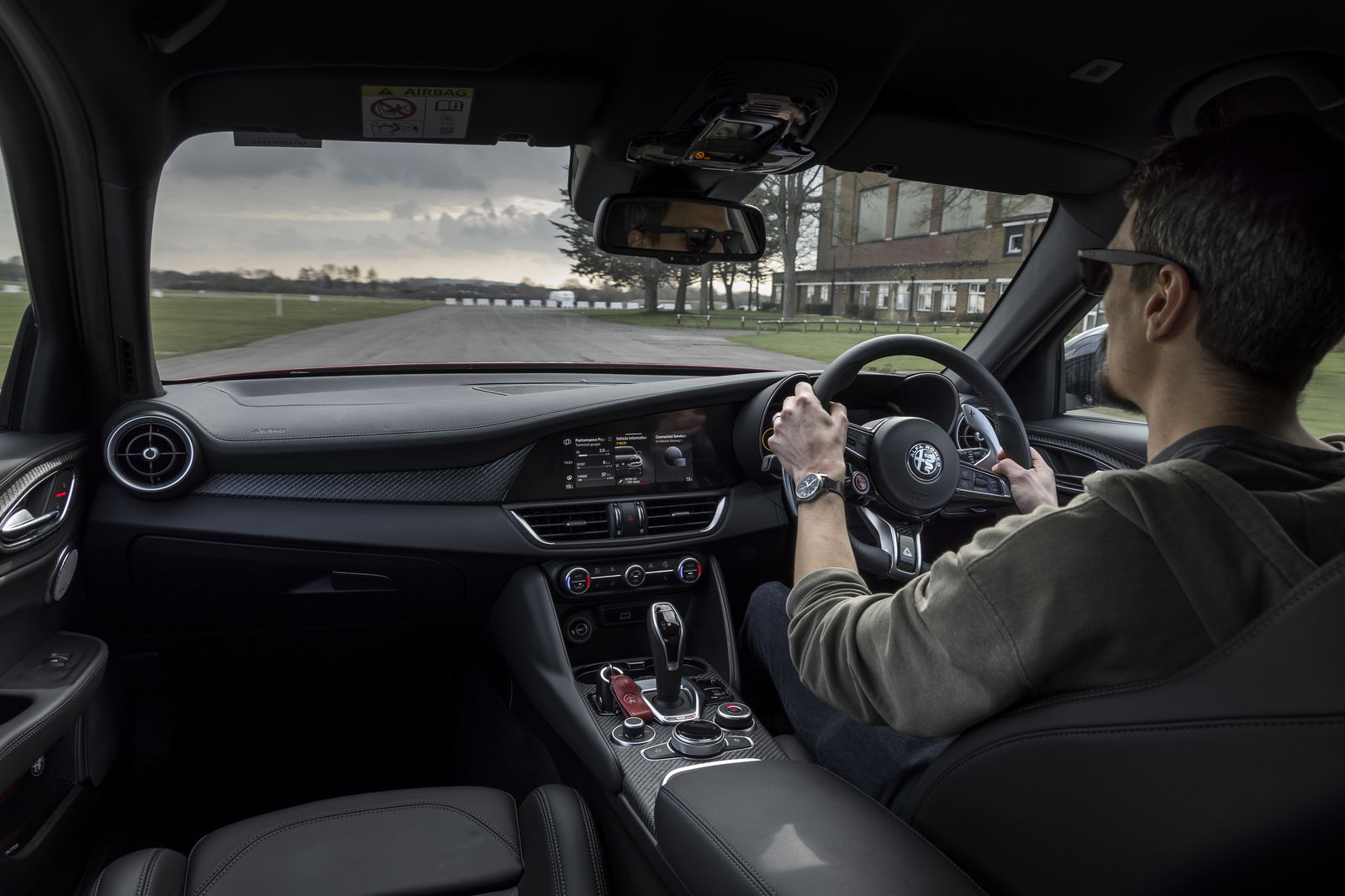
That aside, all of the stuff the Giulia Q did well before, it still does now. It’s just that the kinks have been mostly ironed out. A few less-than-ideal things can’t be helped, like a small boot and cramped rear seats, but in all the ways that matter for a car like this, it’s a triumph.
The Alfa Romeo Giulia Quadrifoglio is more exciting than a BMW M3, has two more cylinders than a Mercedes-AMG C63, and is one of the best-looking cars this side of a supercar. At £78,195 it’s even pretty good value, undercutting the M3 by a few grand and the Merc by a whopping £20,000.
Now, we just need to hope Alfa Romeo makes it for as long as it possibly can. Given all the trouble it’s gone to here, it seems likely the car will soldier on until the brand goes fully electric in 2027. And just like that, this car will disappear without a direct successor - a strange but brilliant anomaly in the company’s modern history. Buy one while you still can.
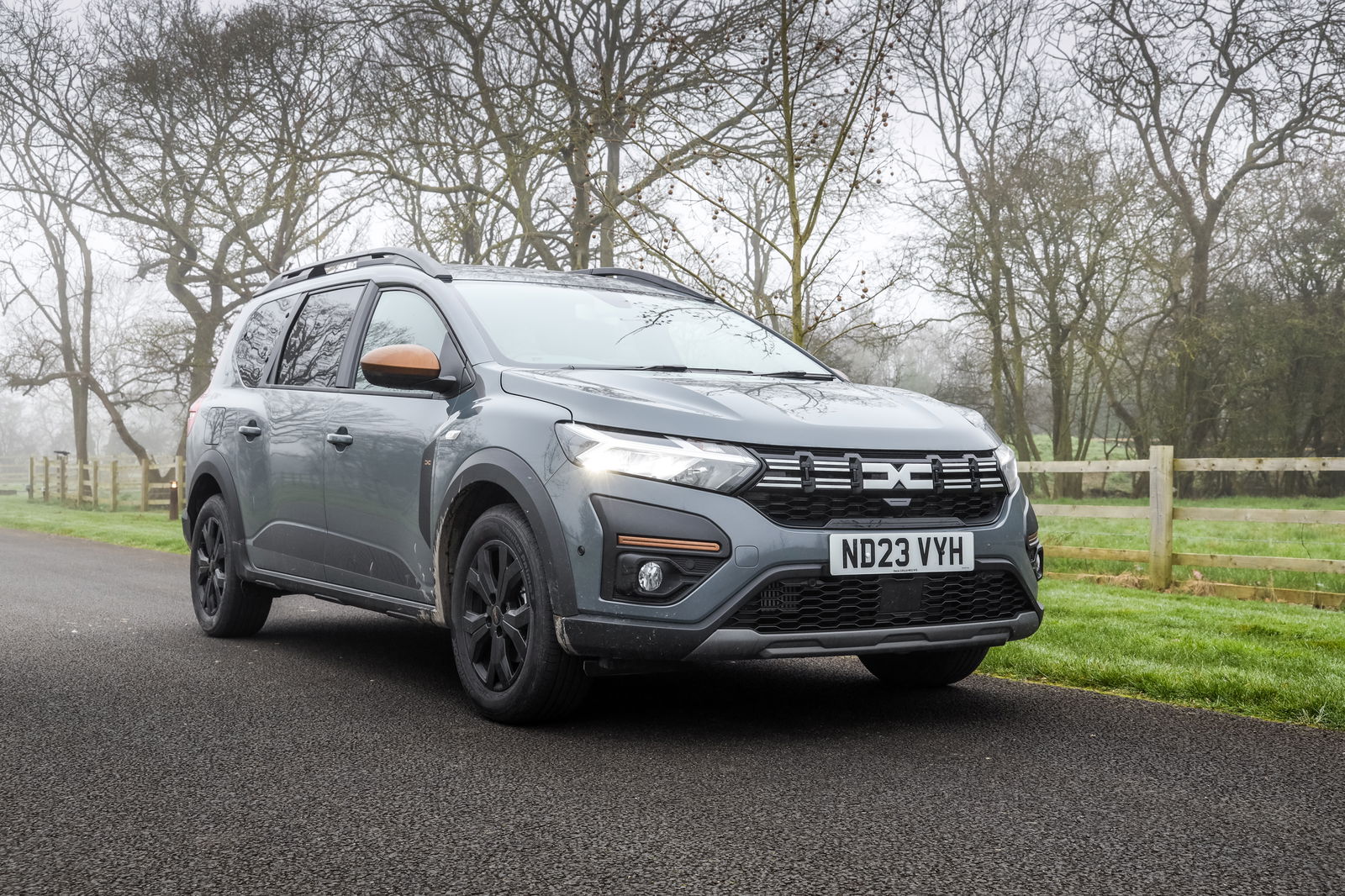
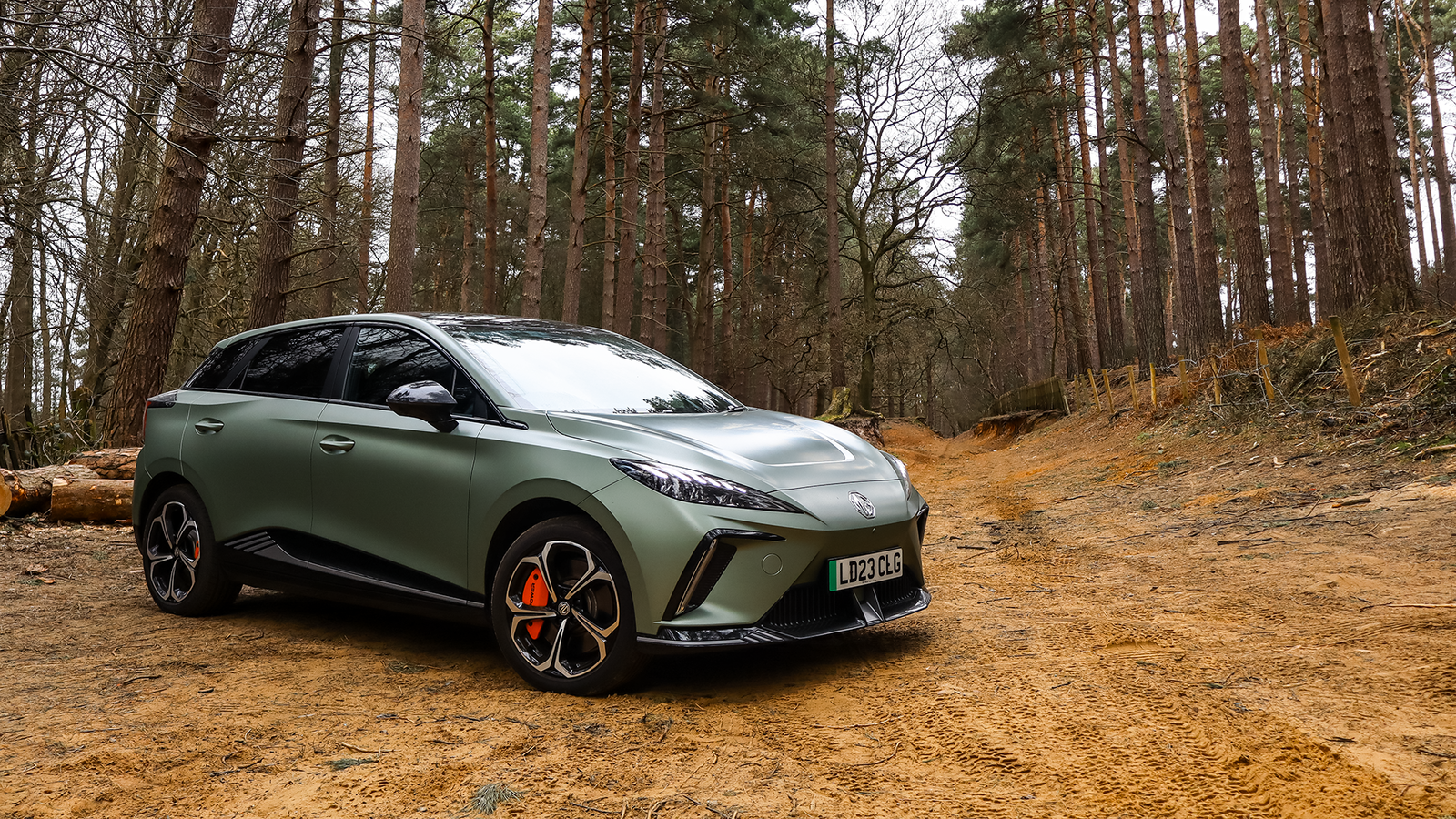

Comments